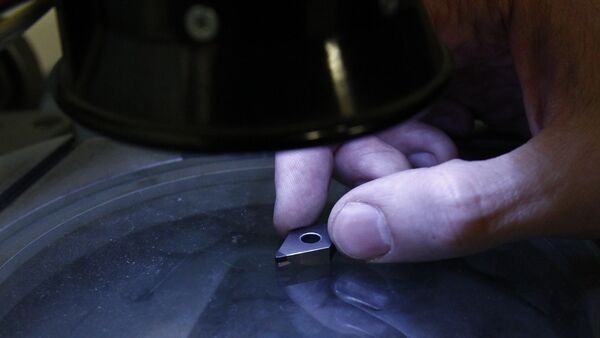Russian company NT-MDT is a leading maker of atomic force microscopes (AFM), scanning probe microscopes (SPM) and one of a few Russian companies which export their nanotech devices abroad. NT-MDT recently celebrated its 20th anniversary and continues to enable researchers, engineers and developers to conduct nanoscale research by creating ever more powerful nanotechnology instrumentation.
“The research field of molecular electronics was prominent in Soviet times. At the end of 1980s it became obvious that its further development was impossible without special nanoscale instruments,” NT-MDT’s founder and General Director Victor Bykov told Sputnik.
At that time, one large company conducting research in the same field already existed in the USA, but the USSR decided to rely on its own developments. After the collapse of the Union, NT-MDT emerged as an independent company. Today it exports it hi-tech products to 60 countries around the world, including the USA, Japan and China, covering 15% of global market needs.
“We continuously upgrade our instruments to promote demand of our production in various fields from medicine to education. Our equipment is bought by laboratories in the countries of Europe, the USA, and Asia,” Bykov said.
“NT-MDT is a constant participant at thematic conferences and exhibitions; it takes part in development-of-the-year contests. Management and workers of the company are periodically awarded honorary titles,” he added.
As the scientific community demands more and more comprehensive systems to explore the nano-world, the company has decided to reorganize its structure into the NT-MDT Spectrum Instruments Group to expand its capabilities.
The company has been the leader in atomic force microscopy for the decades and continues to grow and gain a bigger shares of market, despite up to 40 competitor companies having emerged around the globe.
Nanotechnologies are exploding now in use and popularity. The world of small sizes has never been as vital for so many directions in science and industry. With this comes a greater need for measurement on the atomic scale and new demands for reliable, precise, and multi-purpose instrumentation.




